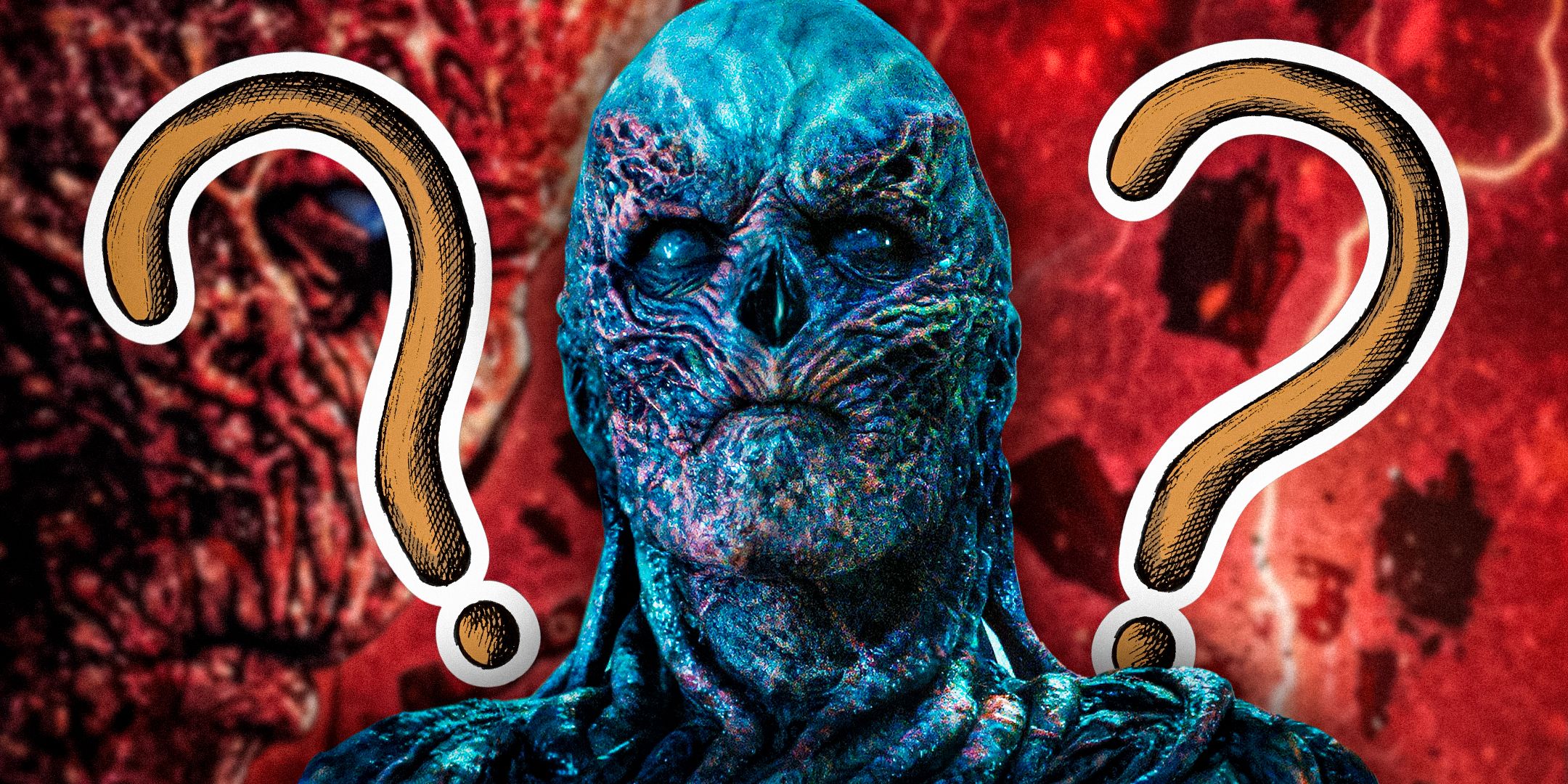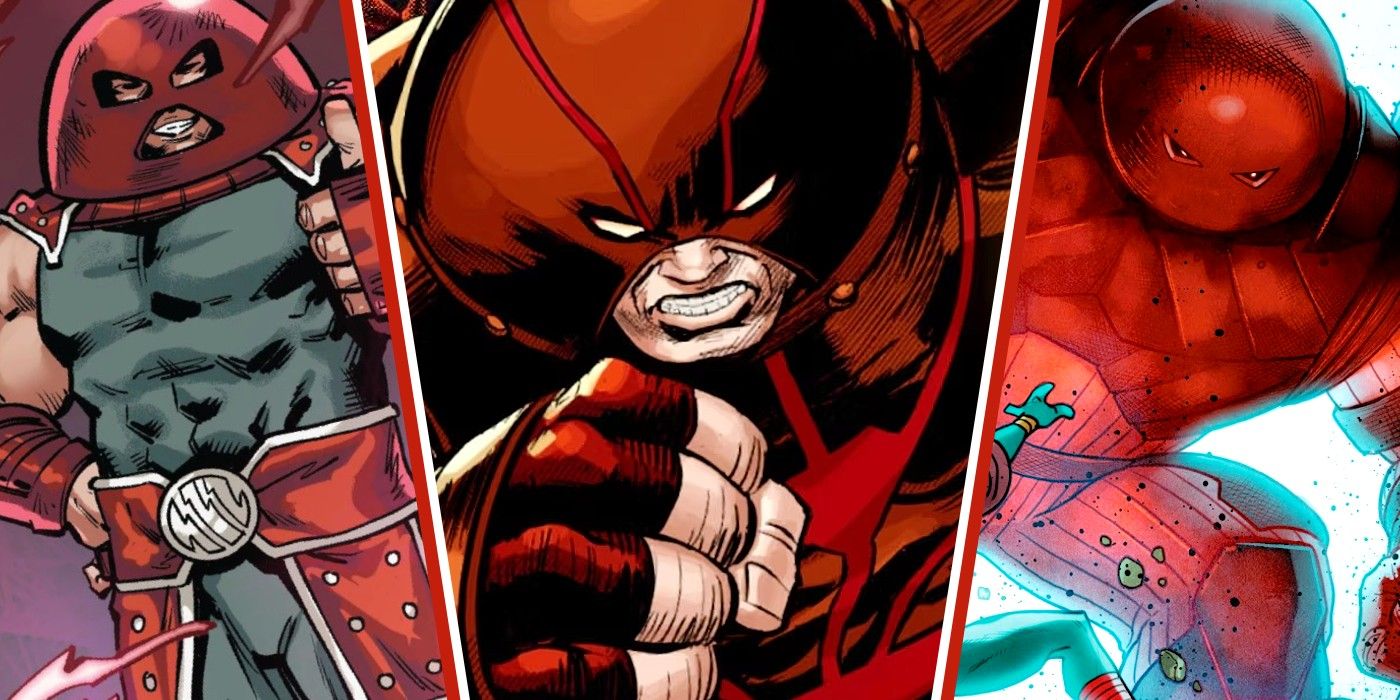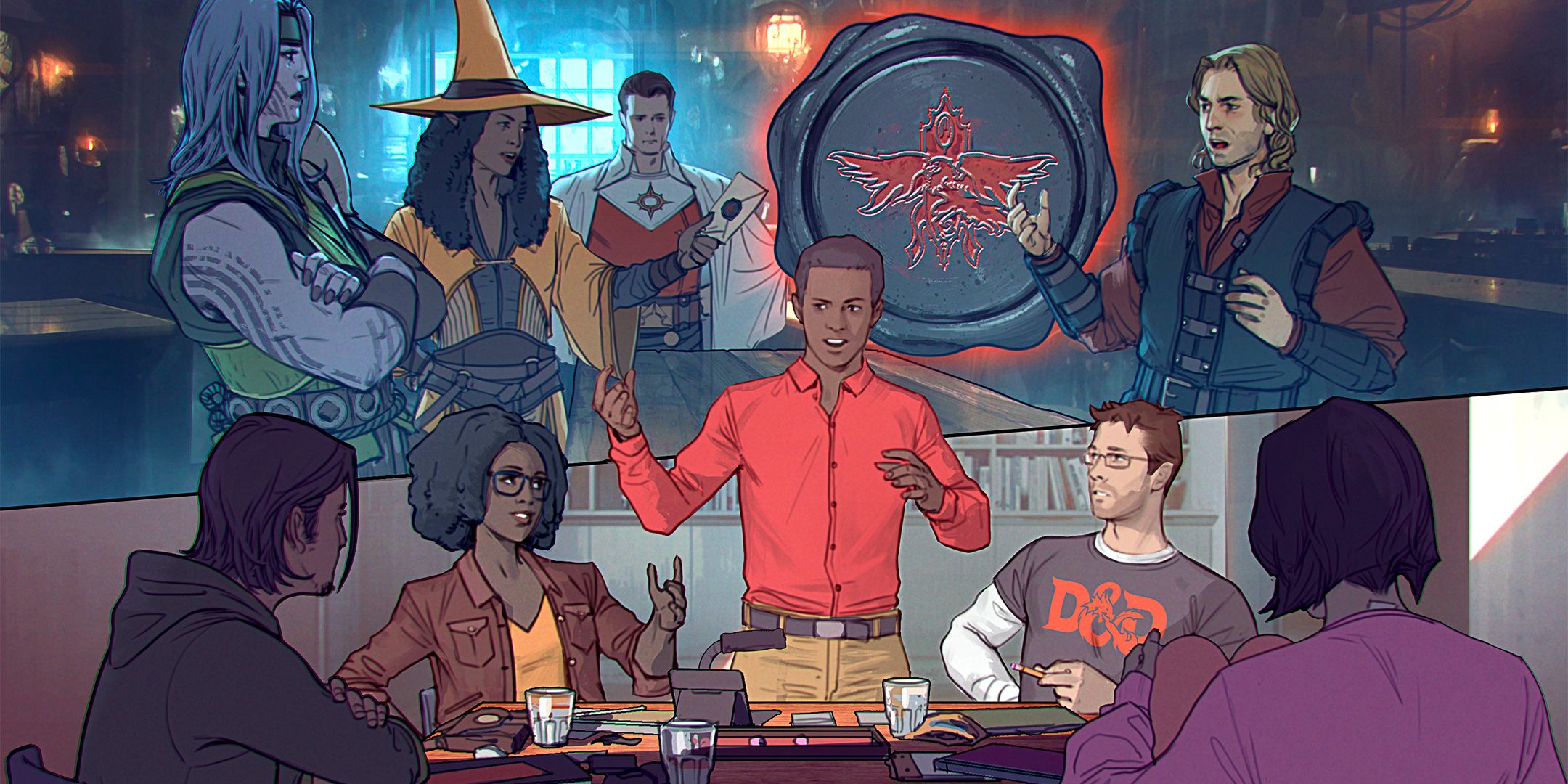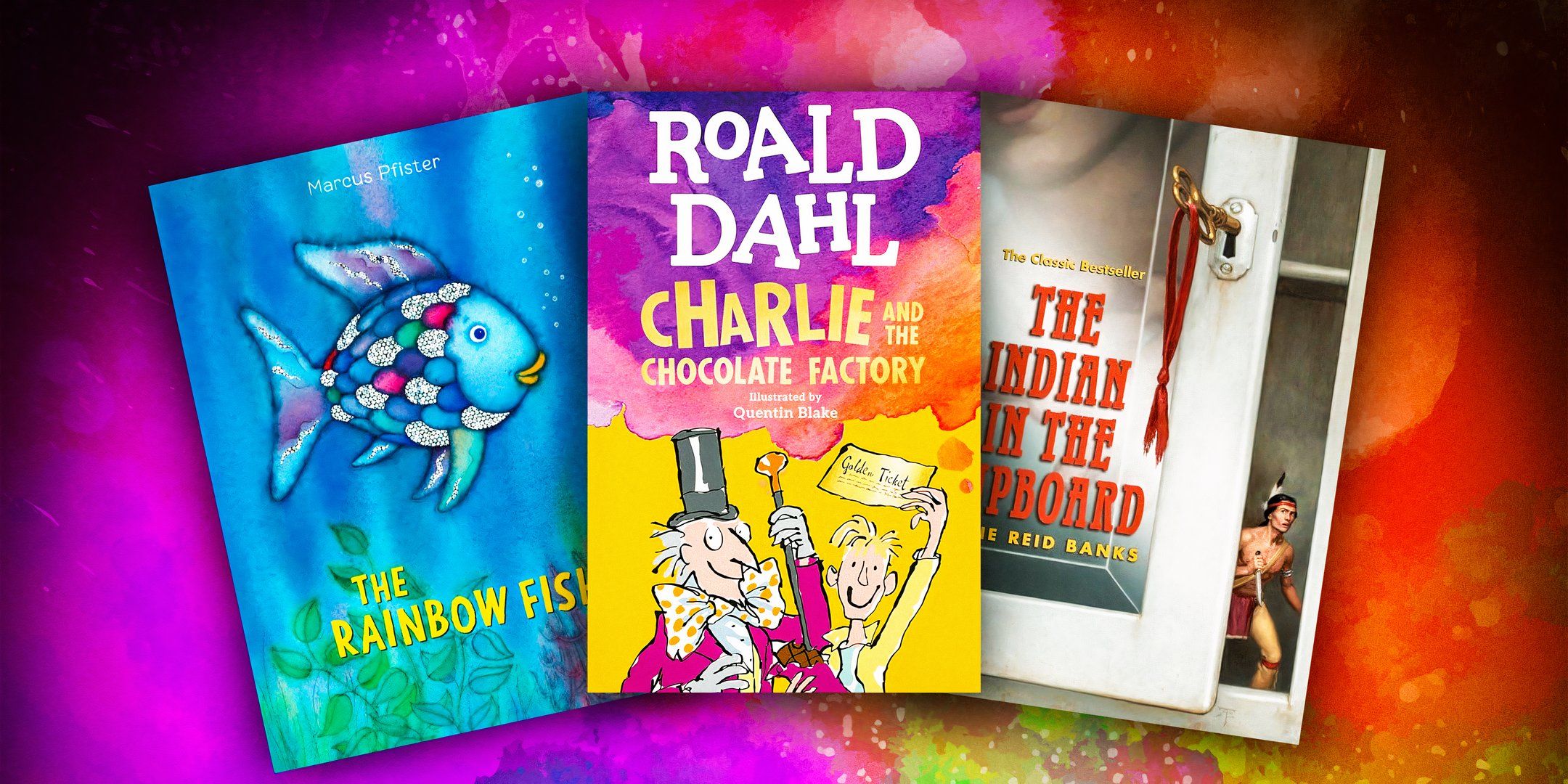The ’80s are best known for neon colors, MTV, and some of the best slasher movies in the horror genre. As expected with any classic horror film, slashers are full of thrills and suspense but usually include more gore and a handful of characters being killed by the film’s antagonists. Some of the more recognizable slasher villains from this decade include Michael Myers, Jason Voorhees, and Chucky. Many of the best slasher films starring similar antagonists have gained cult followings over the years, despite several of them earning a wave of negative reviews.
The unexpected dangers in everyday settings such as high school dances or summer camps add a layer of suspense and have led to a variety of slasher movie remakes in recent years. A few slasher movies aren’t made to be taken too seriously, but rather to play into the ridiculousness of the genre, increasing the amount of blood spilled throughout the entirety of the movie. However, other slasher movies, notably those from the “Golden Age” from the late ’70s to the mid ’80s, have helped define the horror genre.
15
April Fool’s Day (1986)
Leaned A Little Too Far Into Its Titular Holiday
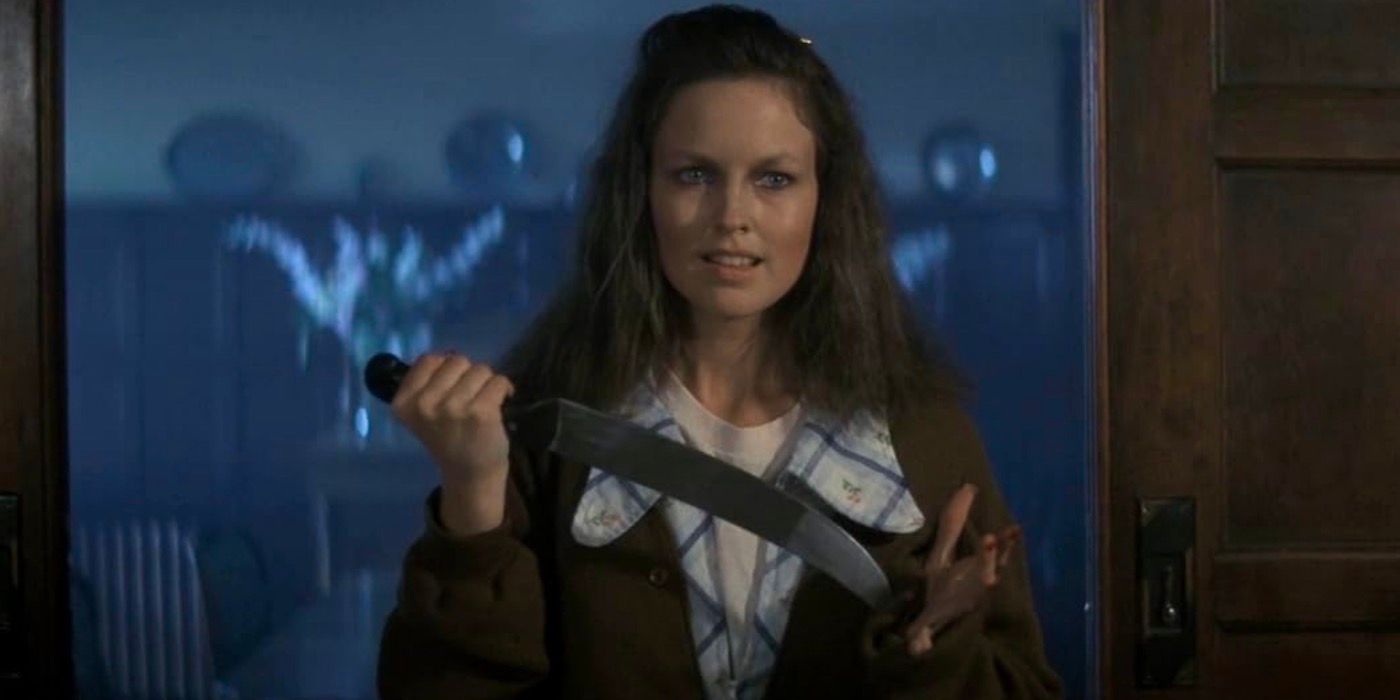
Meant to make fun of the slasher film genre itself and embrace the playfulness of the film’s titular holiday, April Fool’s Day combines comedy, mystery, and horror. The plot twists and ending of April Fool’s Day left audiences incredibly disappointed. The film’s director, Fred Walton, placed the blame on the marketing surrounding the film, which led audiences to believe they were in for a standard slasher movie (via Collider). However, April Fool’s Day is still worthy of mention due to its ambition and attempt to do something new among the many slasher films that had already come out in the years prior.
14
The Prowler (1981)
A Formulaic Slasher Film With Exceptional Special Effects
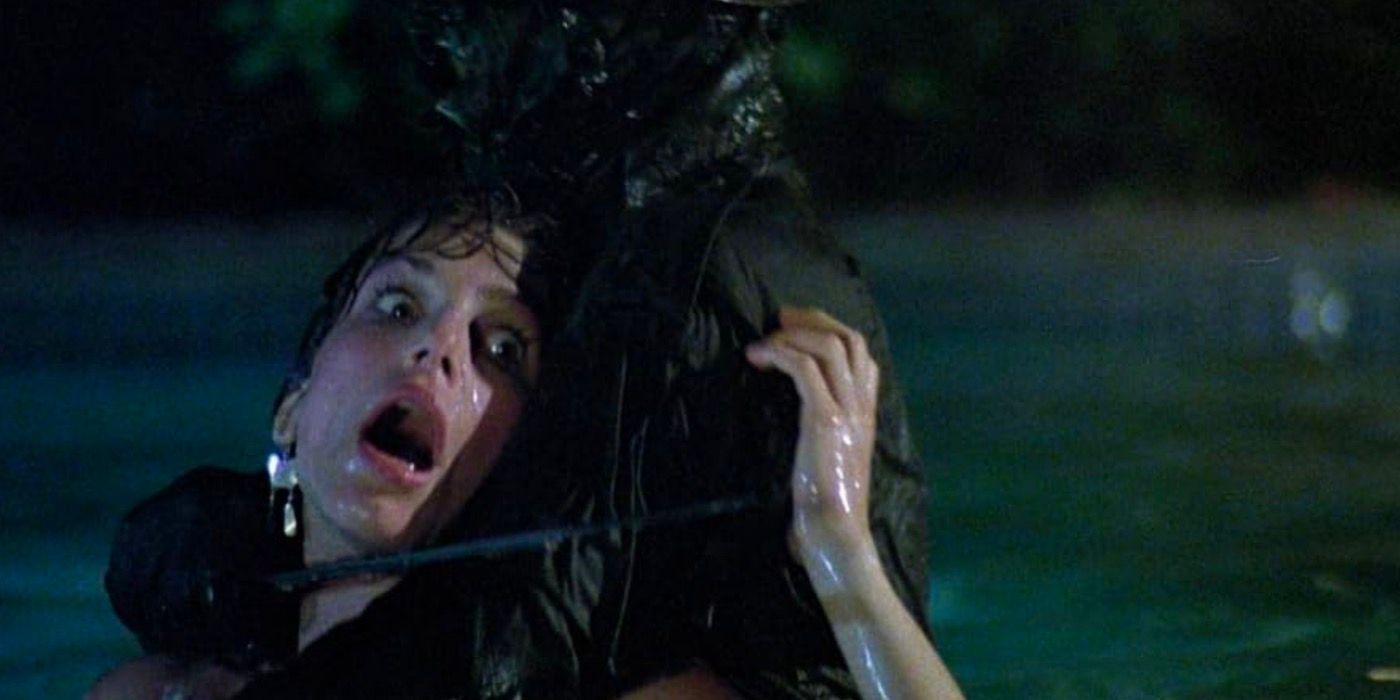
The Prowler isn’t the most daring slasher, but a few aspects of the film make it a standout among others from the decade. Many of the violent scenes in The Prowler, which are a critical highlight, were cut from the film’s release in Europe and Australia, in addition to the film’s menacing score being replaced with sounds of nature. The Prowler is also praised by many for its use of special effects by famous prosthetic makeup artist Tom Savini. Along with The Prowler, Savini is responsible for special effects work in other slasher films such as Friday the 13th, The Burning, and Maniac.
13
Prom Night (1980)
Contained Little Gore For A Slasher Movie
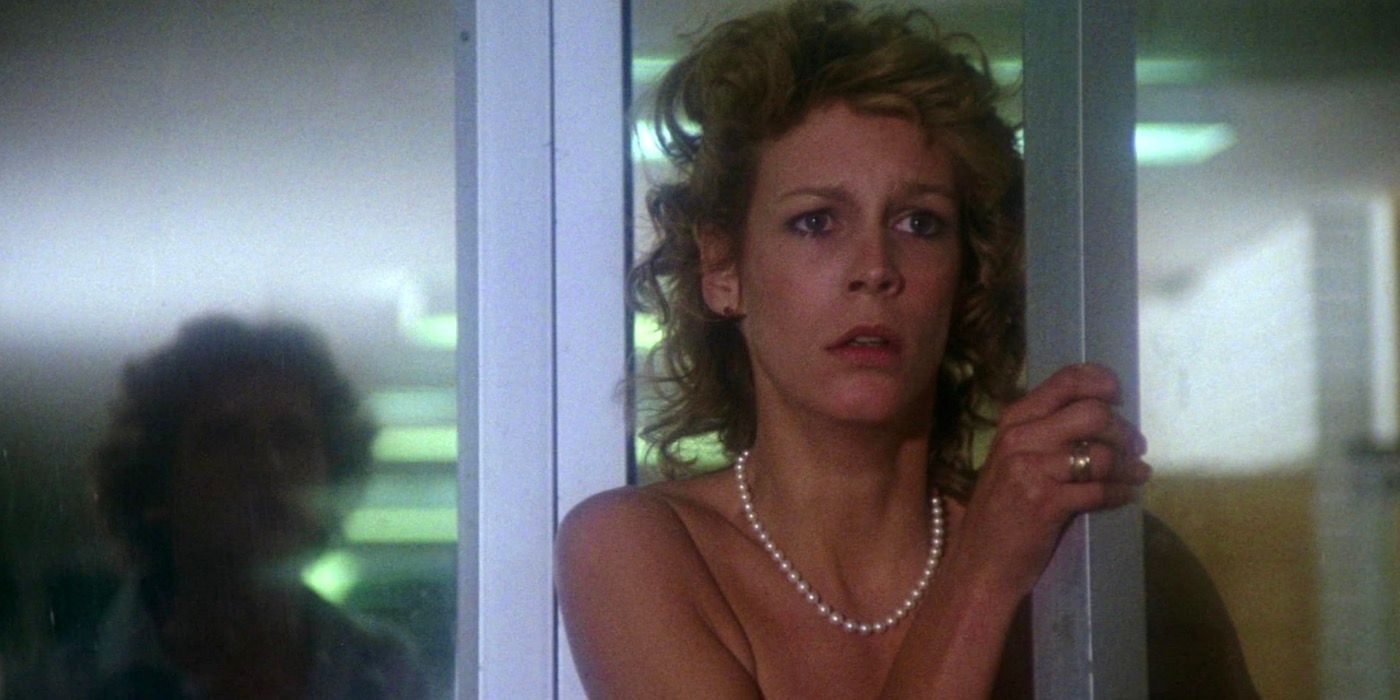
Earning negative comparisons to the films Halloween and Carrie, Prom Night is largely uninspiring. Prom Night‘s director, Paul Lynch, aimed for little gore within the film, and as a result, audiences and critics were split about the minimal amount of blood spilled. While some felt disappointment or boredom, others appreciated the room left for the audience’s imagination. Still, there are enough scares for an average horror film, including a beheading that was made possible due to a specialized open floor system, giving the illusion of a bodiless head lying on the floor, albeit the special effect doesn’t hold up entirely for modern audiences.
12
Friday The 13th Part 2 (1981)
Establishes The Franchise’s Antagonist
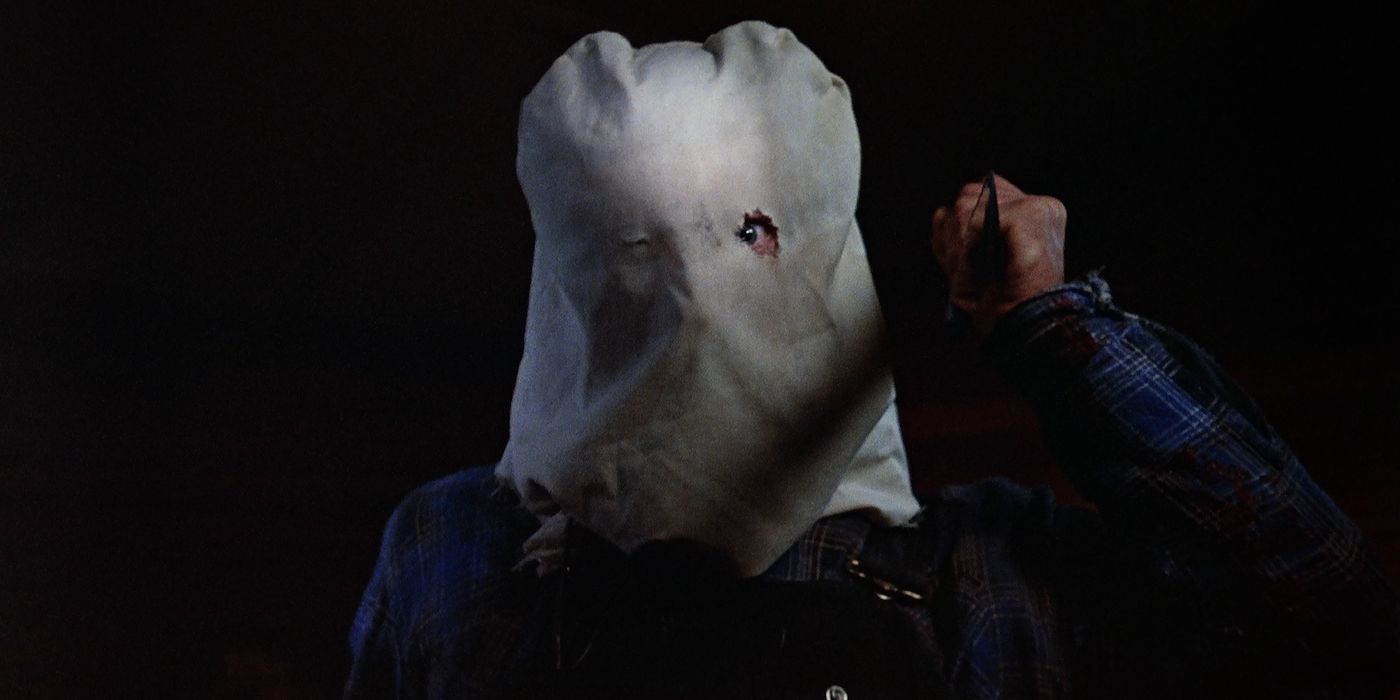
Following the popularity Friday the 13th had with audiences, the story at Camp Crystal Lake continues in Friday the 13th Part 2, but, unlike the first, the film is low among the Friday the 13th franchise ranking. However, in the same vein as critical praise goes for most of the Friday the 13th franchise, the visuals and gore within the sequel were effective in displaying the ruthless nature of the film’s killer. Friday the 13th Part 2 is important for establishing the series’ central antagonist, Jason Voorhees, but the film simultaneously establishes a repetitive pattern in storytelling that would continue for the remainder of the franchise.
11
Stage Fright (1987)
A Visually Stunning Slasher Movie
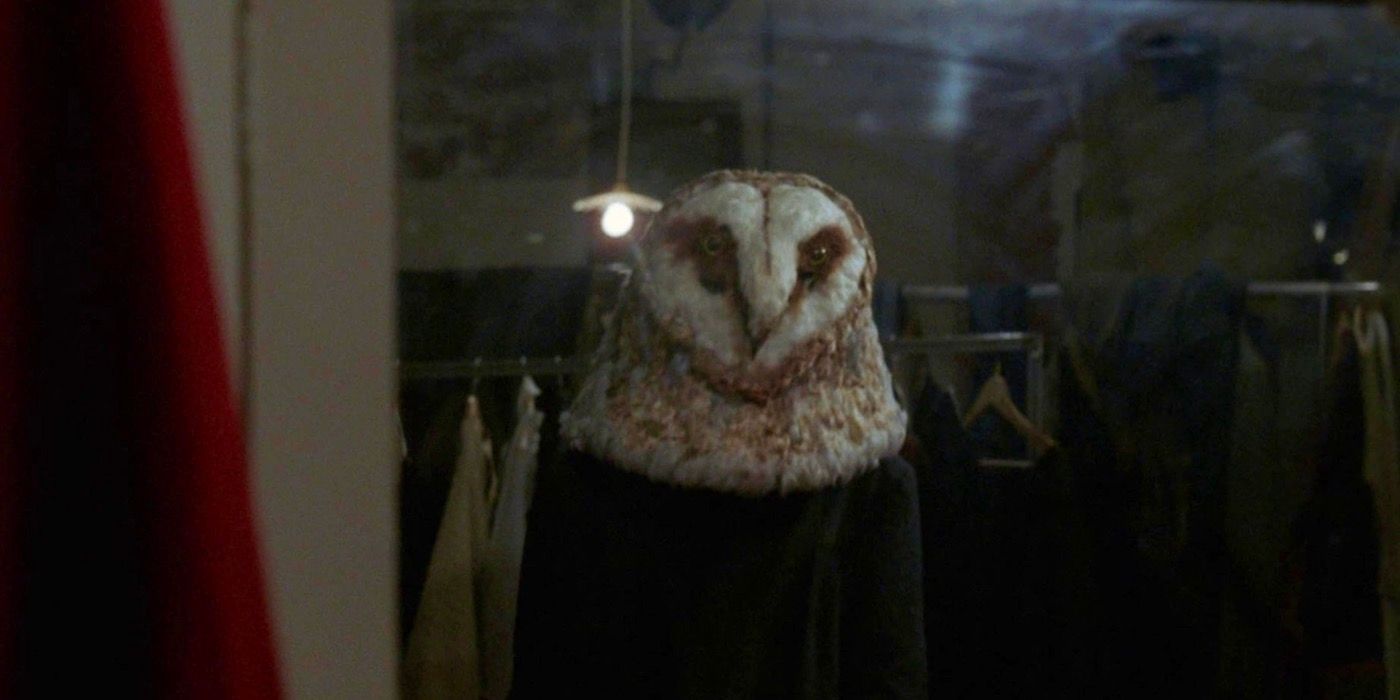
From Italian director Michael Soavi, Stage Fright is a thrilling slasher movie providing countless kills and inspiring visuals. Stage Fright follows a group of stage actors who are locked in a theater with a killer on the loose. Though the characters of Stage Fright, as well as the film’s script, are largely weak, the striking direction by Soavi is a rarity even within universally praised slasher films. Stage Fright‘s antagonist is also a creepy sight. Wearing the giant owl head meant for the actor’s musical production, Stage Fright‘s killer brutally attacks the members of the theater group one by one in an increasingly horrific manner.
10
My Bloody Valentine (1981)
Combines Slasher Elements With Valentine’s Day
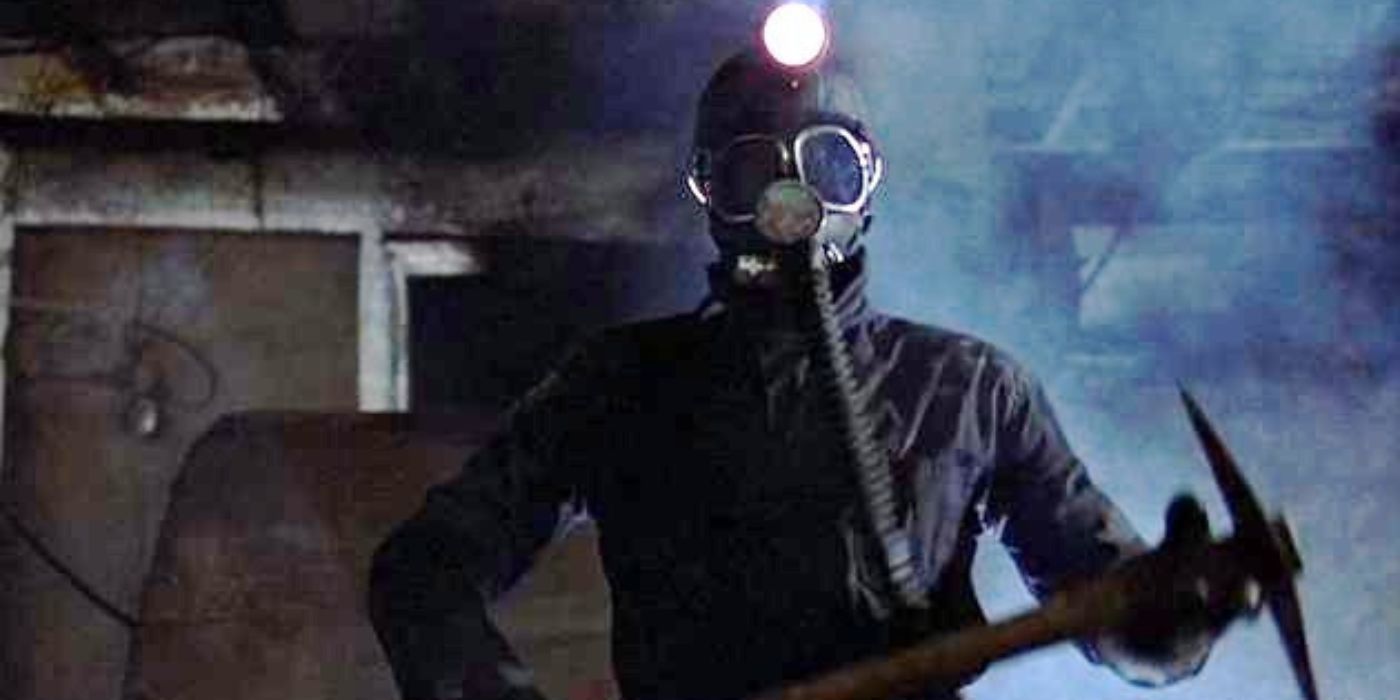
Horror films are often associated with Halloween, but some of the most entertaining premises come when the thrill takes place during other holidays. Contrasting the images of sweetness and love associated with Valentine’s Day, My Bloody Valentine is a wild ride full of bloody kills. However, as memorable as the deaths in My Bloody Valentine are, they were cut down considerably to adhere to the MPAA guidelines for an R-rating. Similar to other slasher films that followed Halloween, My Bloody Valentine was seen as a knock-off by critics, but still managed to find a strong enough following that grew to appreciate the film over the years, and a remake, My Bloody Valentine 3D, was released in 2009.
9
The Stepfather (1987)
A Career Highlight From Terry O’Quinn
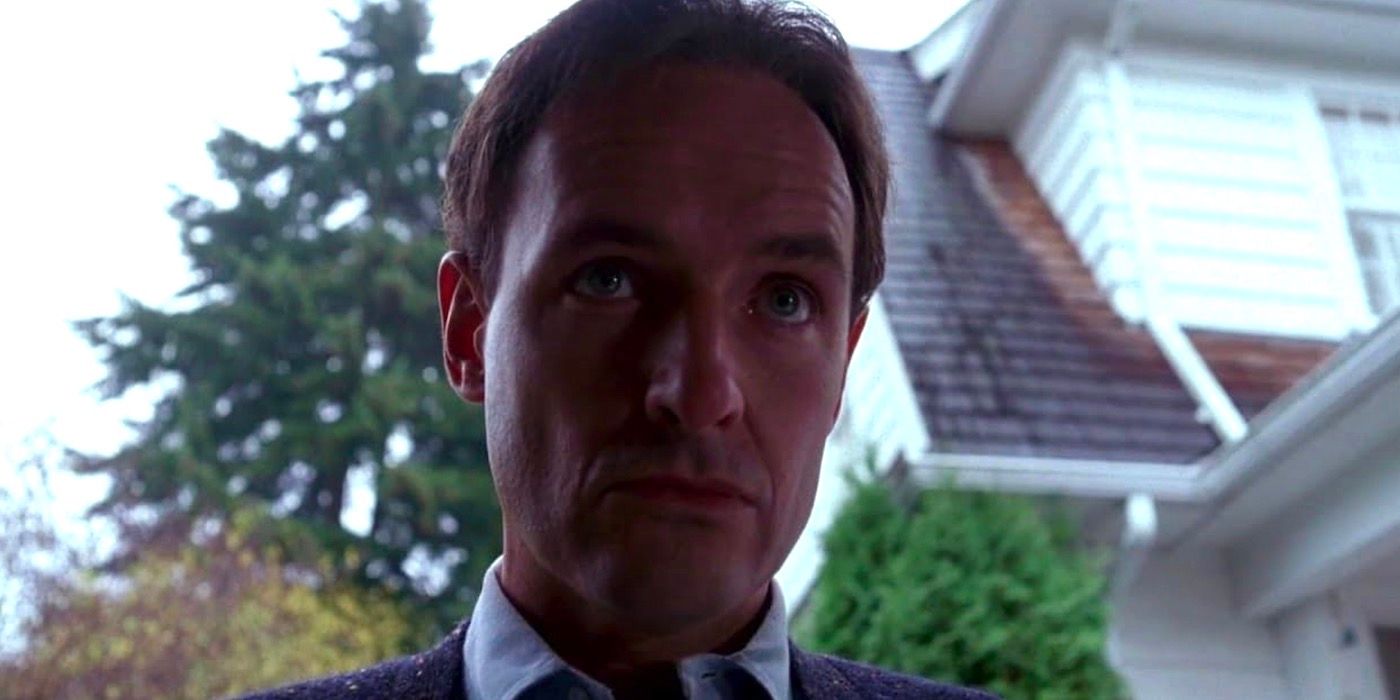
With a lead performance by Terry O’Quinn praised by critics, The Stepfather follows Jerry Blake (O’Quinn), the latest persona of a man who has gone through multiple identities after killing his families. O’Quinn gives a strong performance as the cunning and chilling antagonist from the moment he appears on the screen in The Stepfather‘s opening scene. The suspense of the film is carried by Jerry’s stepdaughter, who grows increasingly skeptical of him, leaving audiences to anxiously await his past to be revealed. Like many other slasher movies from the ’80s, The Stepfather received sequel films and a 2009 remake, but none of them were as appreciated.
8
The Slumber Party Massacre (1982)
A Mix Of Humor And Horror
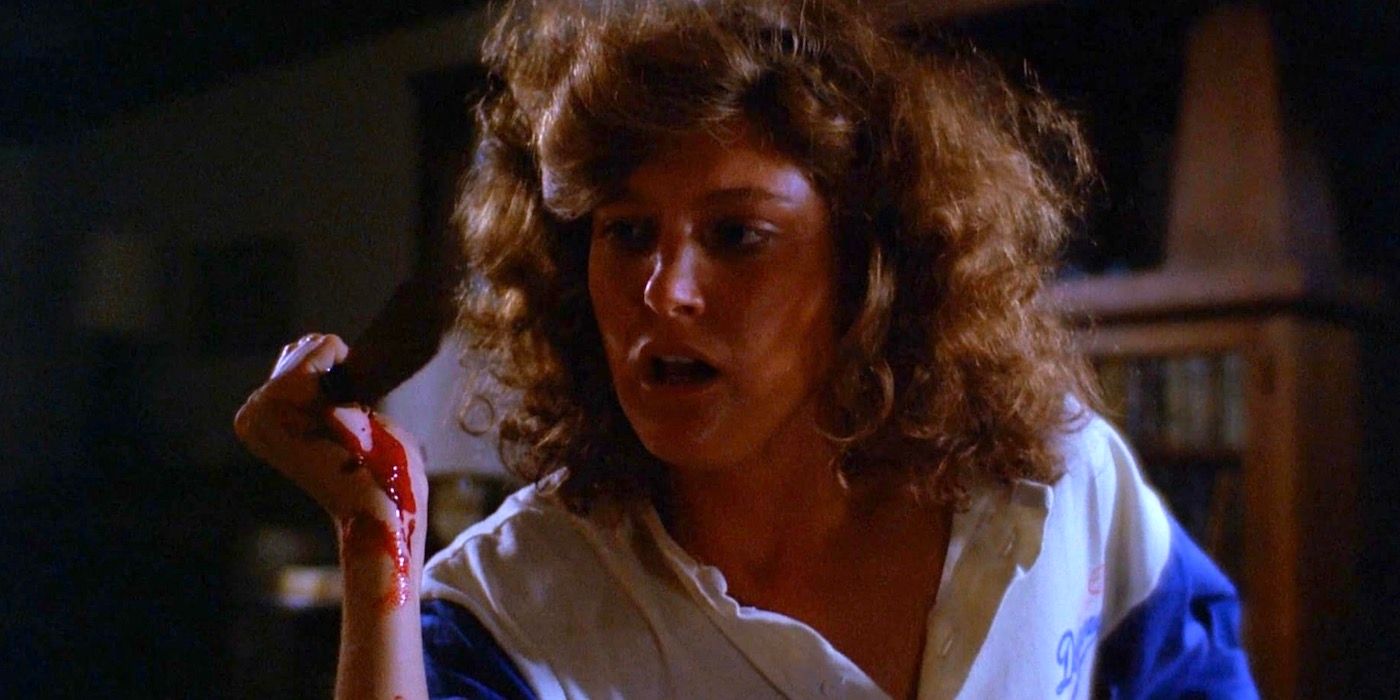
Intended to be a parody of the slasher genre, The Slumber Party Massacre has earned itself a cult following over the years. The Slumber Party Massacre doesn’t particularly stand out from other slasher movies of the decade, but its unique sense of humor pairs neatly with the film’s bloody visuals, even when the humor is not always intentional. The element of surprise in The Slumber Party Massacre is run-of-the-mill for a horror film, and while the thrills of the movie are endlessly entertaining for audiences, there is little room left for suspense to build.
7
A Nightmare On Elm Street 2: Freddy’s Revenge (1985)
Changed The Rules Regarding Freddy’s Abilities
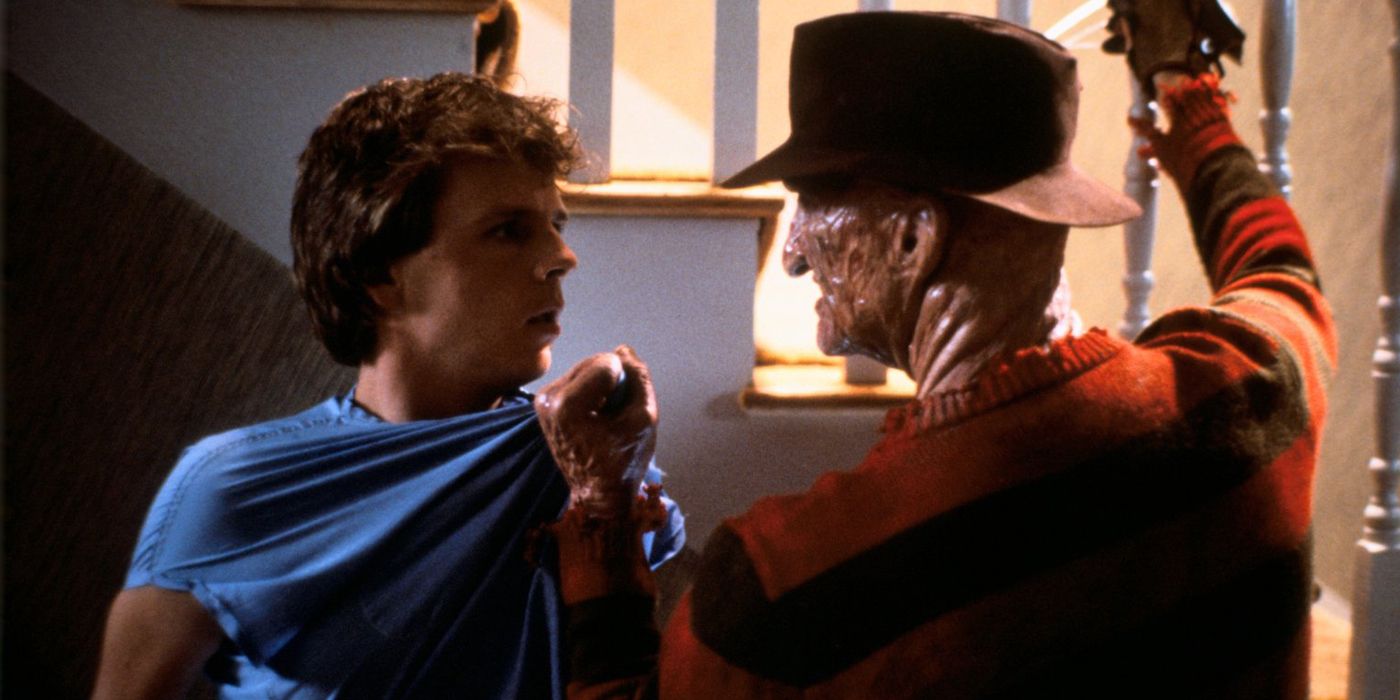
Far less favored than its predecessor, A Nightmare on Elm Street 2: Freddy’s Revenge brings back the iconic horror villain, Freddy Krueger, in a way that almost works. Freddy’s Revenge includes the scares and killings audiences desire in a slasher film, but is underwhelming at times and disregards the rules of the franchise’s world as they were established in A Nightmare on Elm Street. The mistake of Freddy’s Revenge‘s ending and placing Freddy in the real world, completely changed what audiences and critics enjoyed about the villain’s modus operandi in the first place. Additionally, audiences have pointed out unintentional subtexts in the film’s plot, which explores the sexuality of its lead, Jesse Walsh, making the film a cult classic over the years.
6
Halloween II (1981)
An Attempt To Recreate The Magic Of The First Film

Closely emulating its predecessor’s stylistic choices, Halloween II is never fully able to live up to its success. Halloween II picks up right where the first film left off and is a gorier, bloodier film, giving plenty of scares for audiences. Donald Pleasence and Jamie Lee Curtis also reprise their roles and the latter’s character, Laurie Strode, is revealed to be Michael Myers’ sister. This creative choice, as explained by Halloween‘s director, John Carpenter, was included to have a shocking twist within the plot. Many audiences, including Carpenter, dislike the connection between the two characters, but it’s a piece of the overall narrative that would continue for a majority of the Halloween franchise.
5
The Burning (1981)
A Violent Comparison To Friday The 13th
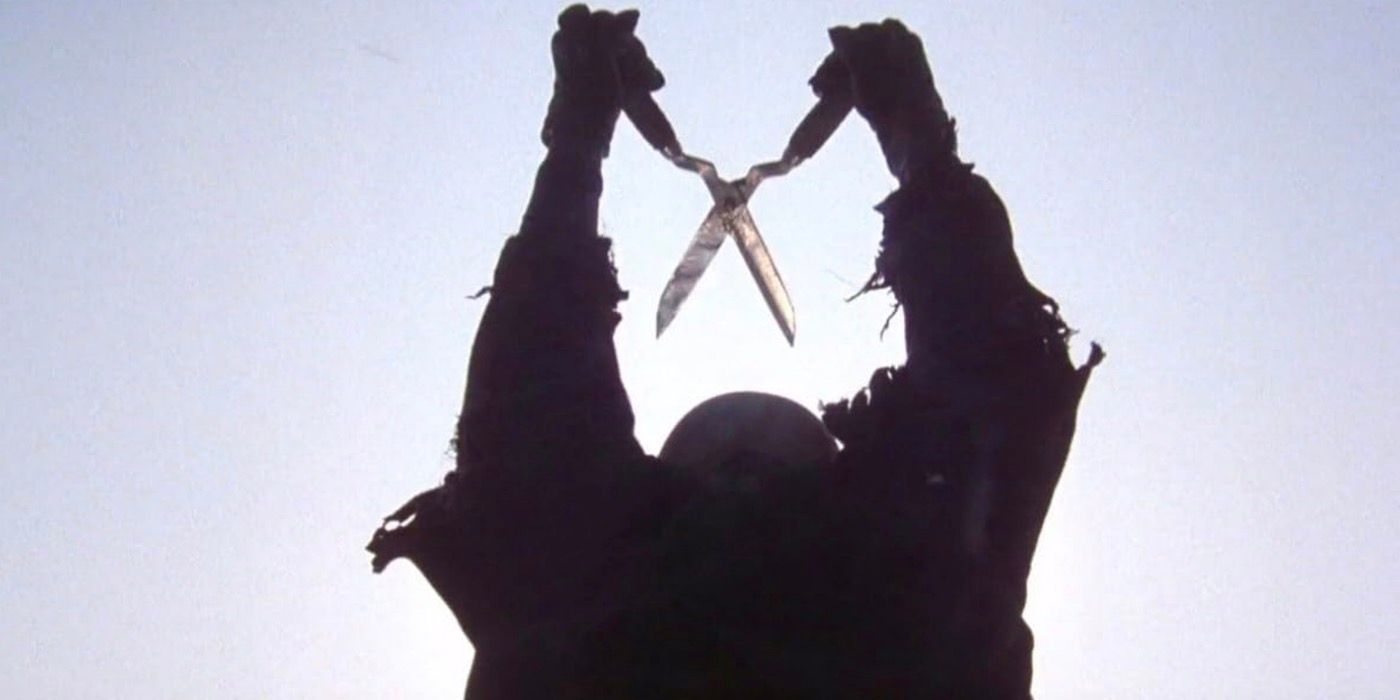
Due to an unfortunate release date that followed the successful Friday the 13th, The Burning earned endless comparisons, discrediting the film in the process. In all fairness, The Burning does have similar aspects to Friday the 13th, including taking place at a summer camp. However, The Burning was noted by critics for its overt gore sequences and high levels of violence, most notably the raft scene in which five campers are brutally killed by The Burning‘s vengeful antagonist, Cropsy. Similar to other graphic slasher films during this time, The Burning was cut down significantly after public protests denouncing violence in the media.
4
Sleepaway Camp (1983)
An Unexpected Ending Left Audiences Split
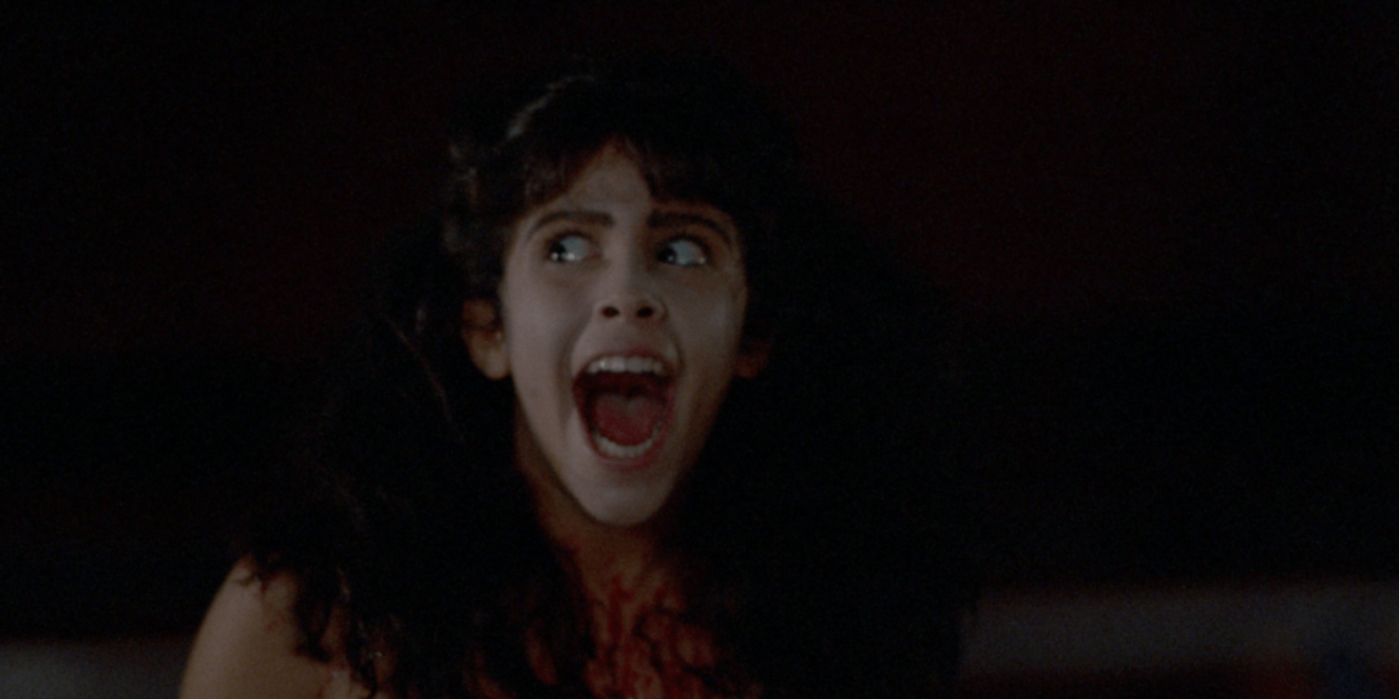
In the years following its release, Sleepaway Camp has sparked endless conversations surrounding its plot twists. Taking place at a summer camp, Sleepaway Camp echoes the pattern of killings seen in other slasher movies of the decade, but it’s the film’s shocking ending that complicates the legacy of Sleepaway Camp. The opening of Sleepaway Camp shows the Baker siblings on a boating trip when one of them, Peter, dies. By the end of Sleepaway Camp, the killer’s identity is exposed, revealing the truth that the surviving sibling, Angela, is actually Peter, who’d been raised as a girl by her aunt. This reveal has continued to split audiences, with some condemning the film’s handling of sexuality and transphobia, and others applauding Sleepaway Camp for its ability to pull off such a large twist.
3
Child’s Play (1988)
An Innovative Concept After Slashers’ Golden Years
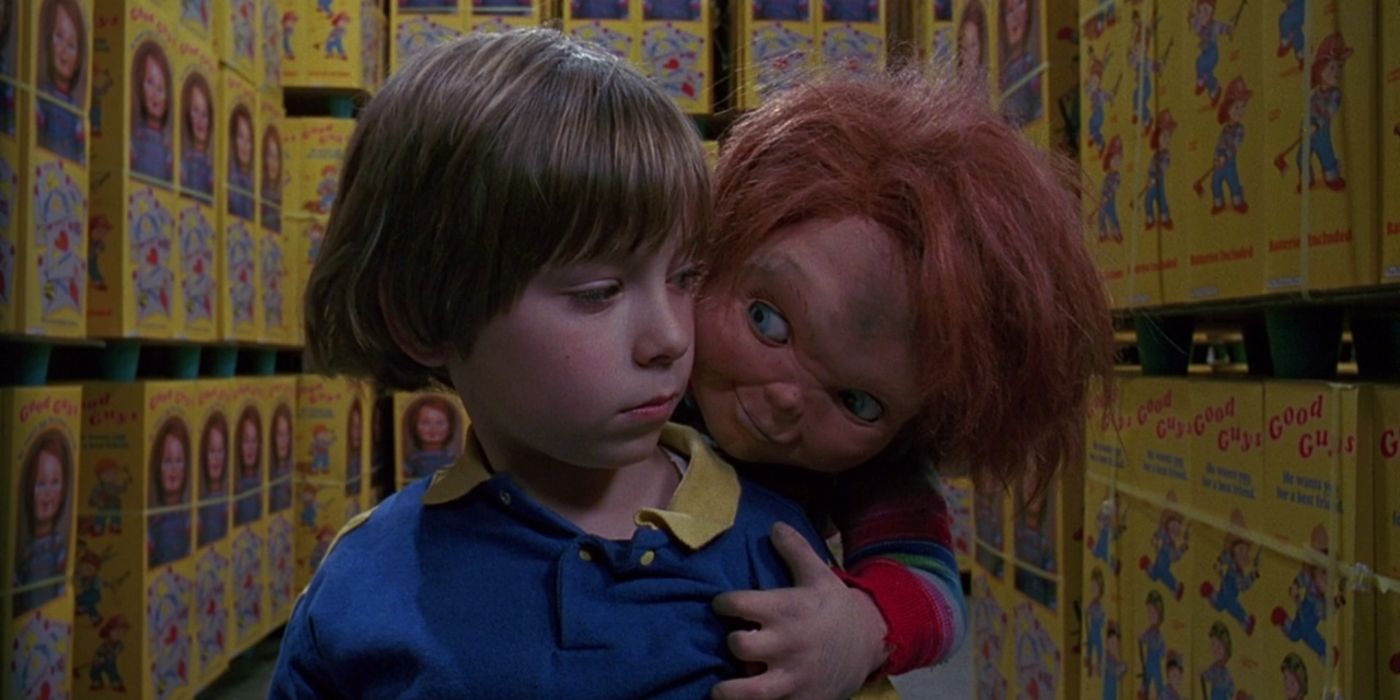
As one of the most consistent horror franchises, Child’s Play is the start of a decades-long series of films. Introducing the creepy, yet equally adored killer doll, Chucky, Child’s Play is full of terrifying kills and a sound balance between comedy and horror. Child’s Play, having been released past what’s considered the Golden Age of slasher movies, was a delightful surprise for audiences due to its entertaining premise and believable puppetry work. Critics have continued to praise Child’s Play, both the initial film and the franchise, for its consistency and cast performances, especially that of Brad Dourif, who voiced Chucky.
2
Friday The 13th (1980)
A Classic Slasher That Was Expected To Fail
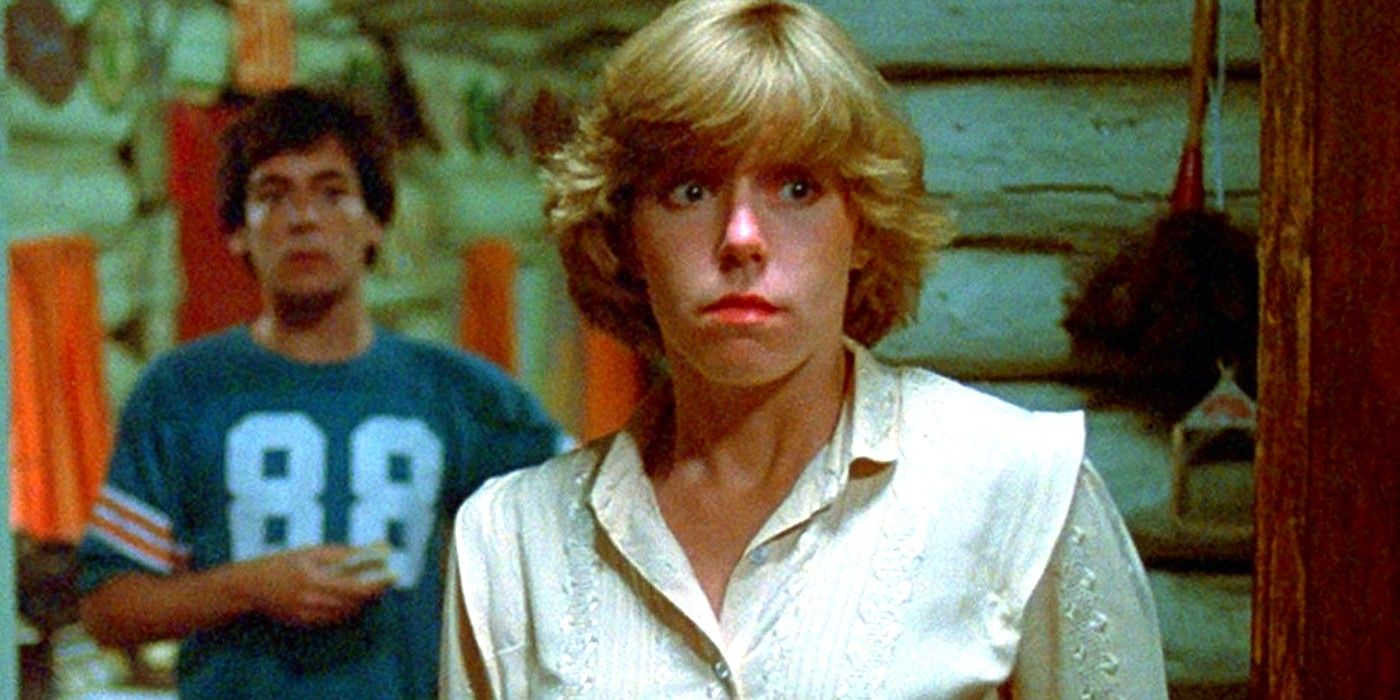
What continues to be a beloved slasher film as the years pass, Friday the 13th remains one of the best summer camp movies and kick-started a series of sequels. There’s no particular reason why Friday the 13th should have been a box office success, but it was, unlike many other slasher movies from the ’80s, though critical reception was still murky. Initial reviews deemed the slasher as unoriginal, landing comparisons to Halloween, and nauseatingly violent. However, like Halloween, Friday the 13th is responsible for a wave of horror films with a stalker antagonist seeking the death of a group of young adults. Despite its ability to get lost in the numerous slashers of the ’80s, Friday the 13th remains a staple in horror.
1
A Nightmare On Elm Street (1984)
A Unique Premise Upstages Other Slasher Films
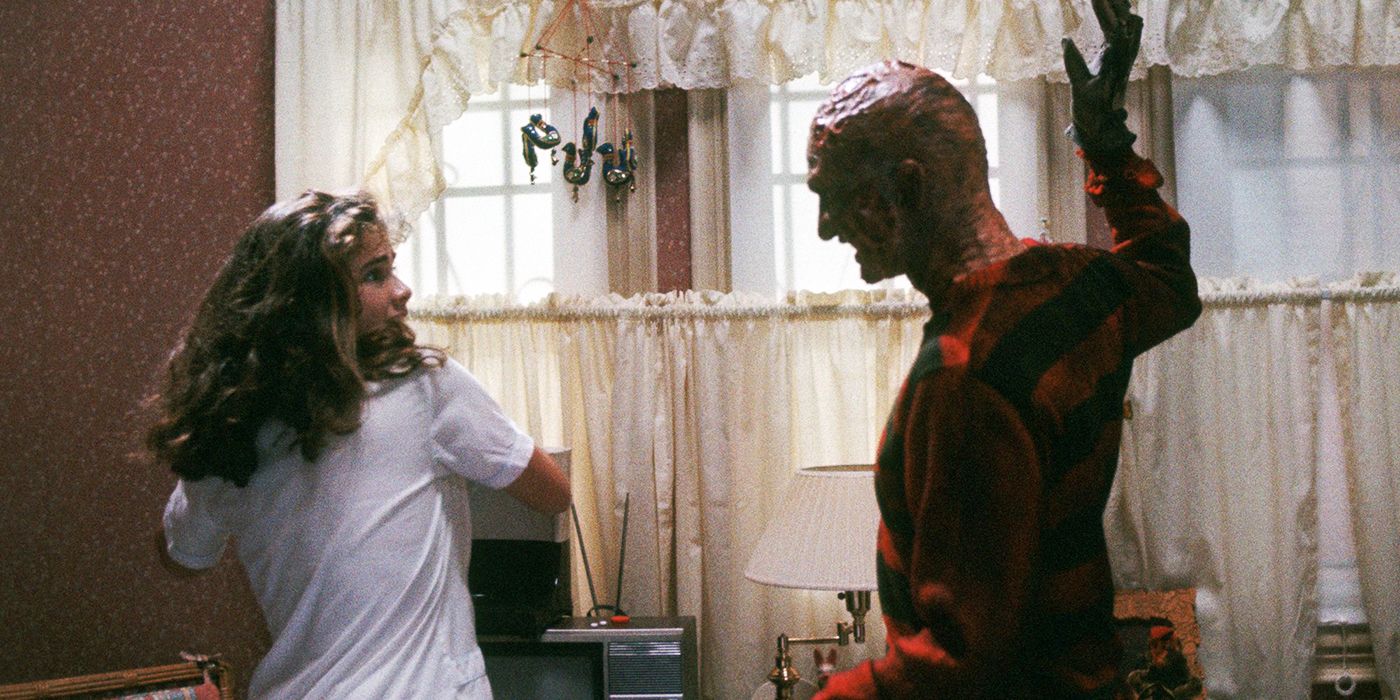
A favorite slasher movie for fans of horror, A Nightmare on Elm Street introduced a standout concept and memorable antagonist in Freddy Krueger. A Nightmare on Elm Street incorporates the dreams of Krueger’s teenage victims as he acts as a menacing threat, manipulating their dreams. The crossover between reality and one’s dream leads to confusion about A Nightmare on Elm Street‘s ending. Regardless, the film was a hit with audiences and critics and was generally celebrated for its incomparable premise and genre-defining thrills. The subtle comedic tones, which grew in excess as the franchise progressed, added a layer of wit and personality that differentiates A Nightmare on Elm Street from the slashers that came before and those that followed.
